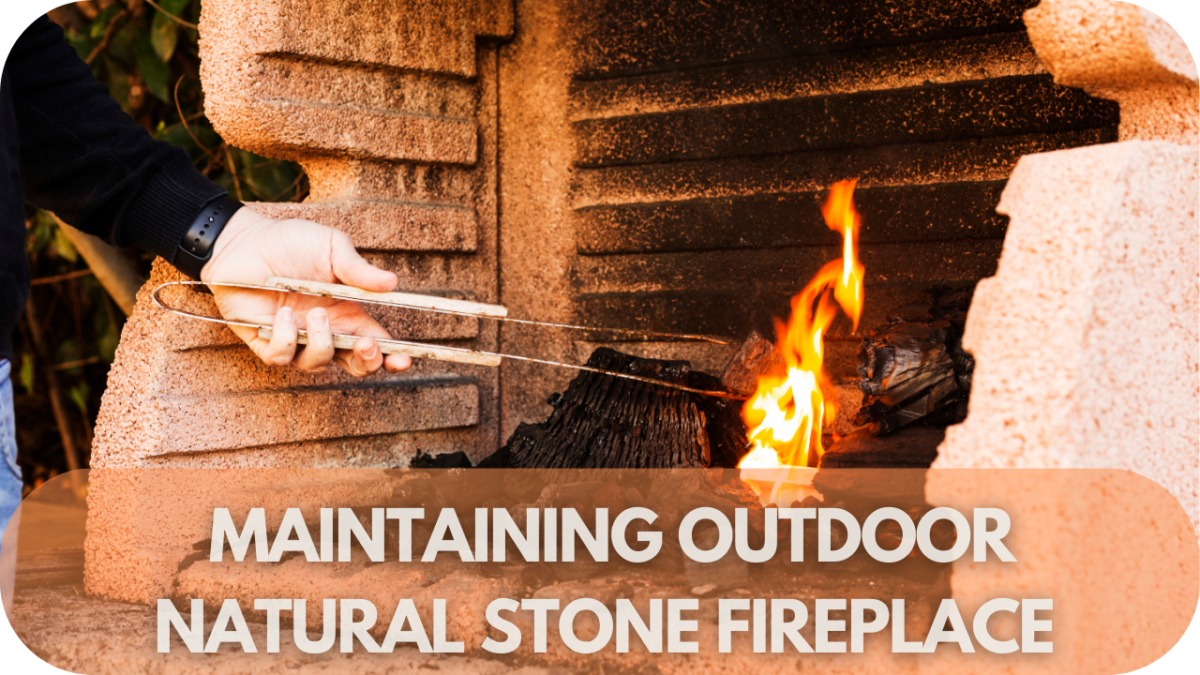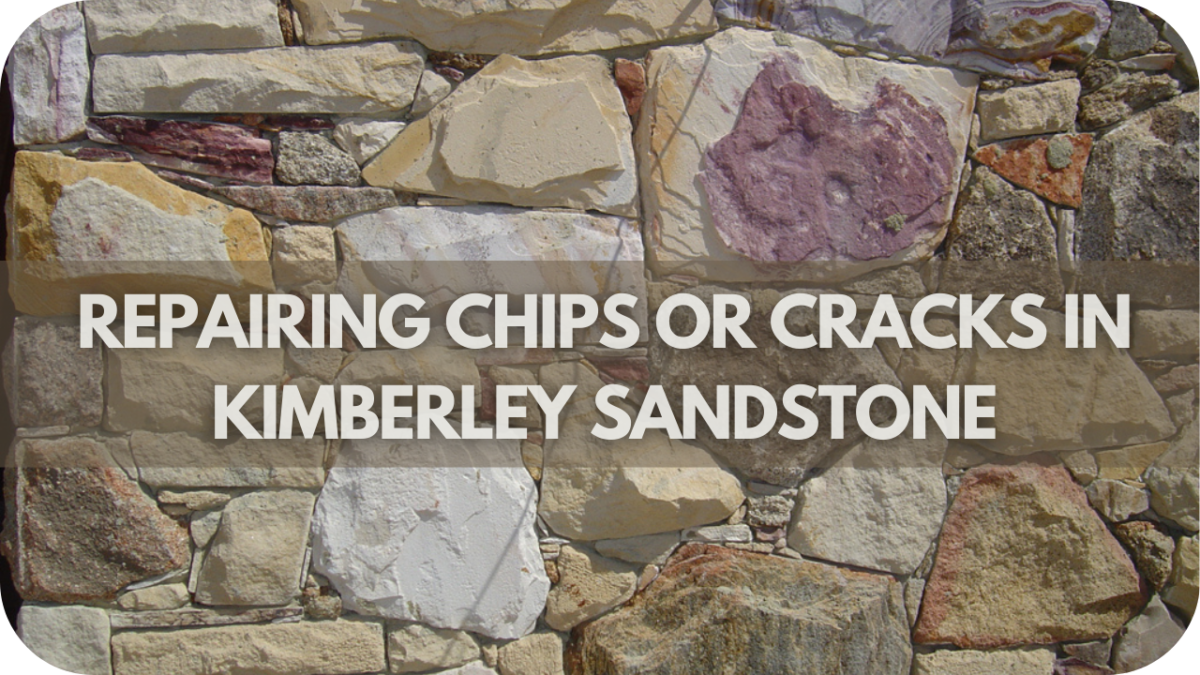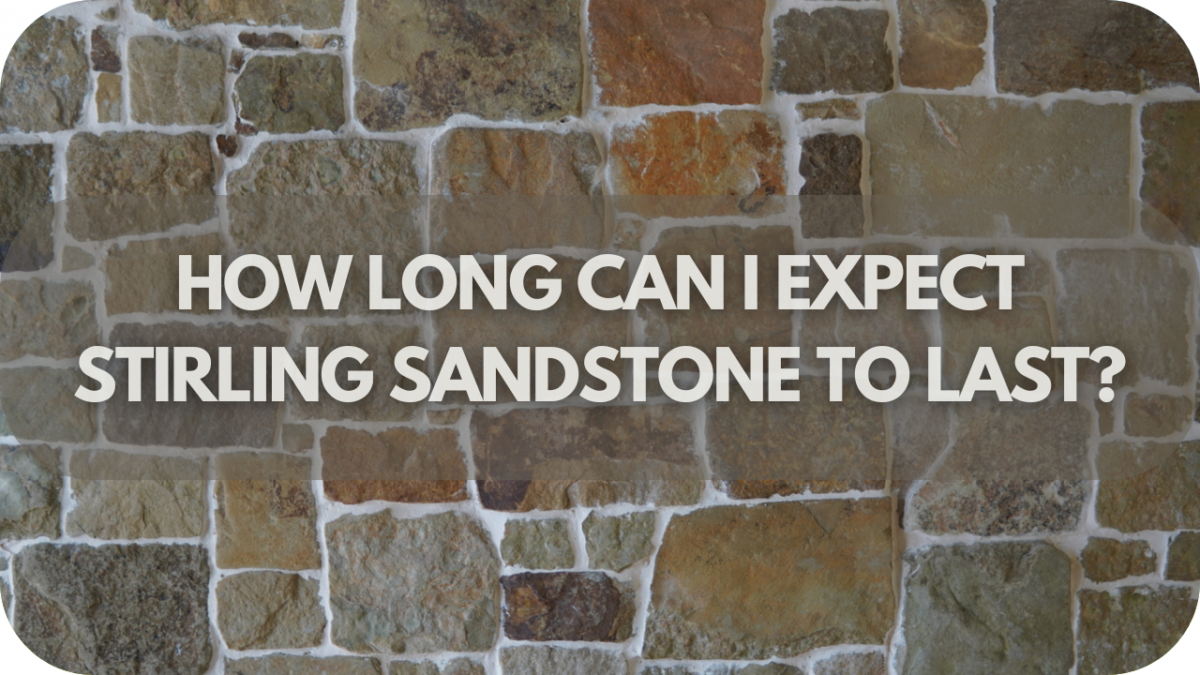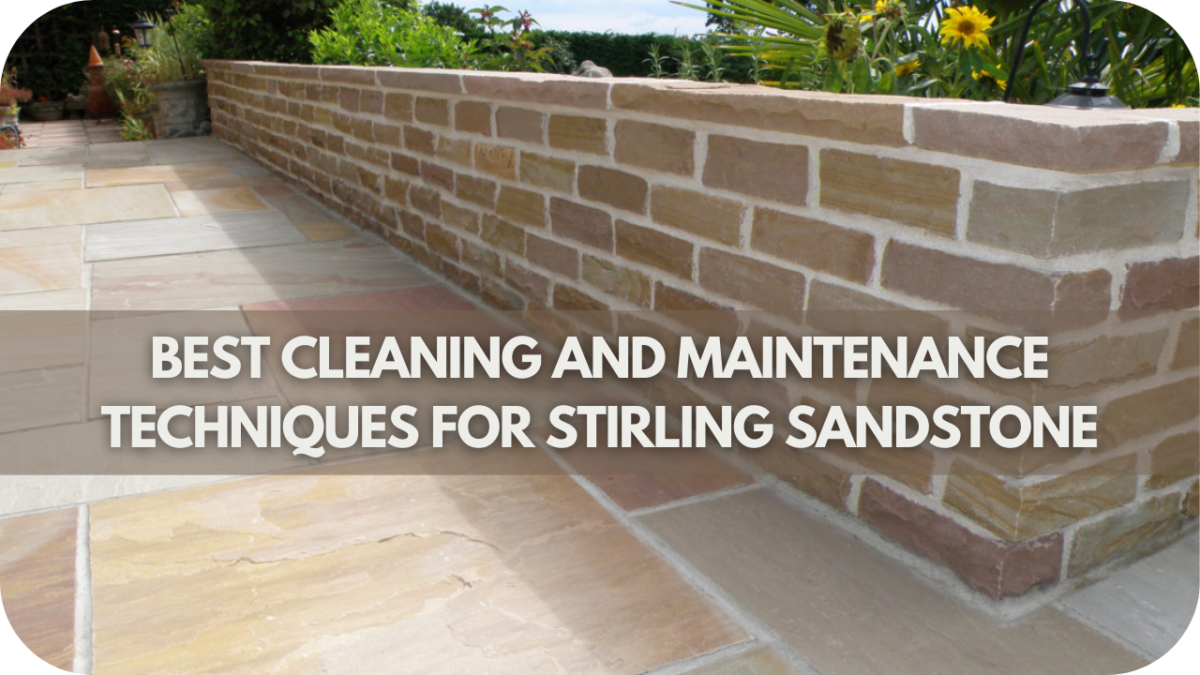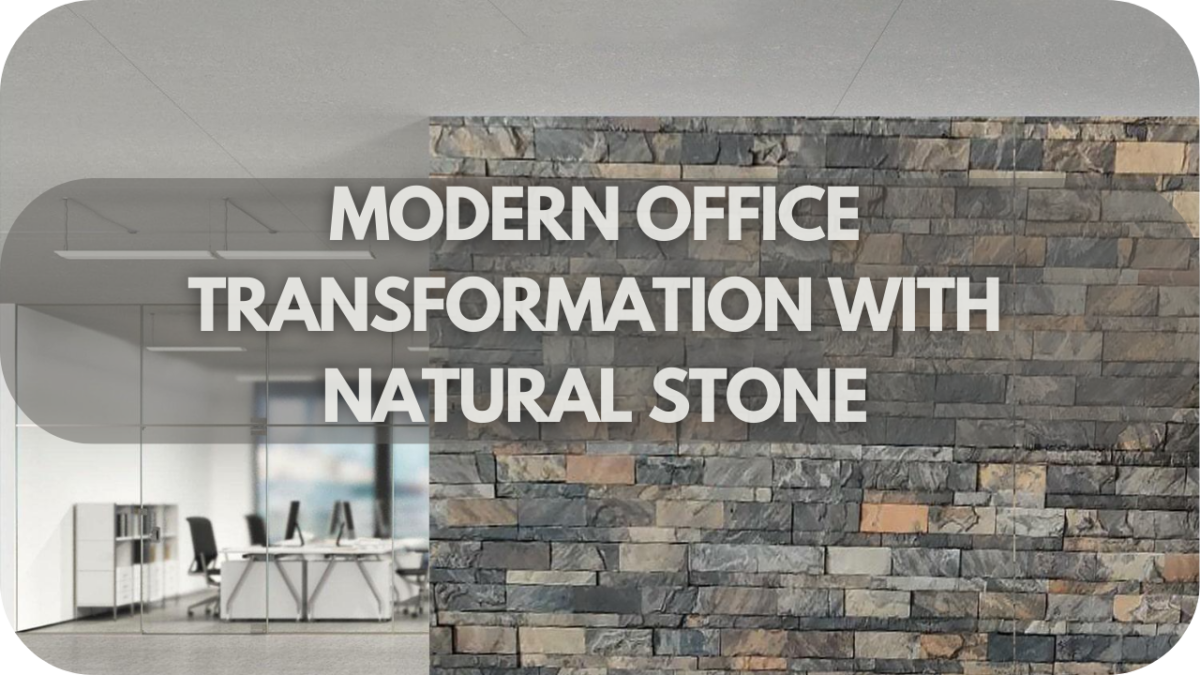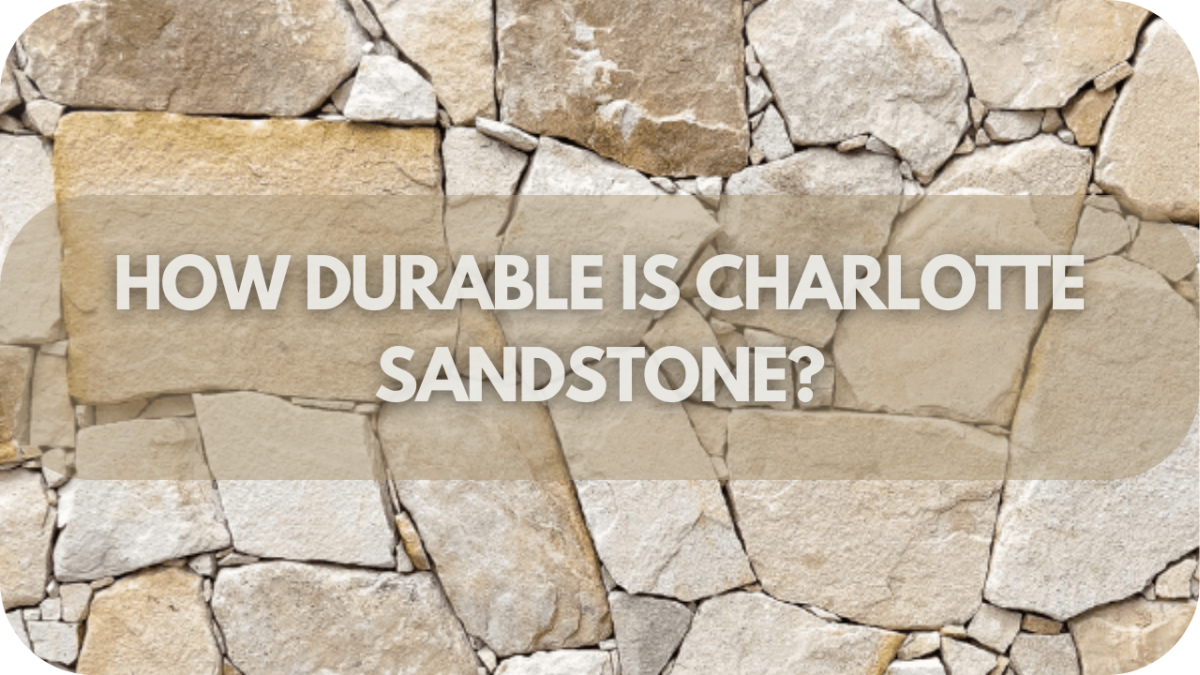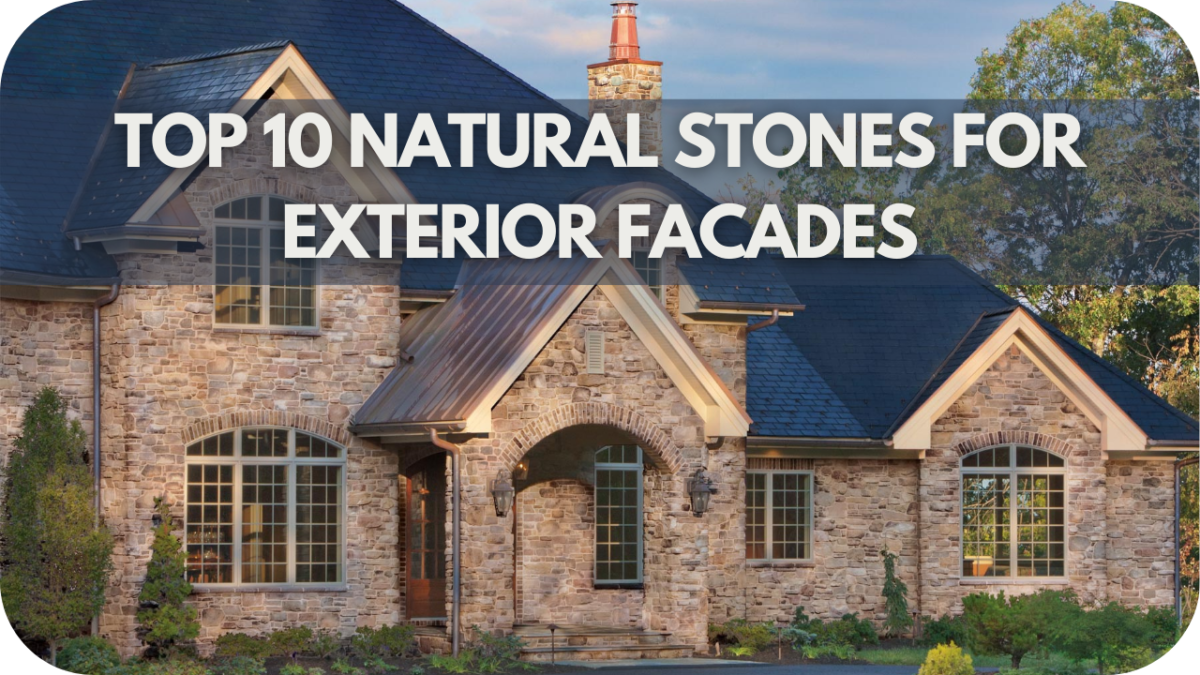How Do You Maintain an Outdoor Natural Stone Fireplace?
Maintaining an outdoor natural stone fireplace is more than just a task—it’s a way to preserve a focal point that transforms your outdoor space into a warm, inviting haven.
As someone who’s seen how proper care can extend the life and beauty of these stone masterpieces, I can tell you that a little effort goes a long way.
From regular cleaning to protecting against the elements, these maintenance steps will ensure your fireplace stays stunning and functional for years, providing countless cosy nights under the stars.
Importance of Maintaining Outdoor Natural Stone Fireplaces
Your outdoor natural stone fireplace is more than just a feature—it’s a focal point that enhances the beauty and value of your outdoor space. Moisture, temperature fluctuations, and UV rays are stone’s natural enemies, leading to discolouration, erosion, and cracks.
Regular maintenance is crucial to preserving the integrity and appearance of your fireplace. Keeping the stone clean and sealed prevents dirt, mould, and pollutants from penetrating the surface, which can cause permanent stains and structural damage.
Moreover, a well-maintained fireplace looks better and functions more safely, reducing the risk of fire hazards caused by accumulated debris or weakened stone. In short, consistent upkeep is essential to ensuring your outdoor fireplace remains a stunning and durable centrepiece in your garden for years to come.
Below are the ways of maintaining your outdoor stone fireplace.
1. Regular Cleaning Routine
Maintaining an outdoor natural stone fireplace starts with a regular cleaning routine, ensuring it stays functional and visually appealing.
Begin by removing ash and burnt debris after each use. Using a soft brush or an outdoor wet-dry vacuum, sweep out soot, ash, and any leaves that may have settled in the firebox. This step is crucial as leftover ash can attract moisture, which may seep into the stone, causing potential damage over time.
For a deeper clean, mix warm water with a gentle, pH-neutral soap—specifically formulated for natural stone surfaces—to avoid stripping the stone of its natural oils. Apply this solution using a soft-bristled brush to scrub the stone surface, focusing on areas with soot or smoke residue.
Work in small sections, rinsing thoroughly with clean water to prevent soap residue from leaving streaks or discolouration. Avoid pressure washers, as the high pressure can damage the stone’s surface or mortar joints.
After washing, allow the fireplace to air dry completely before using it again, as moisture trapped in the stone can weaken its structure over time. A routine like this helps to prevent stubborn stains, preserves the stone’s natural finish.
2. Deep Cleaning: Annual Maintenance
While regular cleaning keeps your outdoor natural stone fireplace looking great, a deep clean once a year is essential for maintaining its longevity and appearance. Start by thoroughly sweeping out any ash, soot, and debris.
Next, inspect the fireplace for stubborn soot stains or discolouration, especially around the firebox and chimney. To avoid damaging the surface, use a specialised stone cleaner that is pH-neutral and designed for natural stone. Apply the cleaner with a soft-bristled brush, scrubbing gently in circular motions to lift embedded dirt and stains.
Use a smaller brush or a toothbrush for precision for hard-to-reach areas, such as gaps between stones or mortar lines. Rinse the stone thoroughly with clean water, ensuring no cleaning residue is left behind, as this can dull the stone’s finish. Avoid using pressure washers, which can erode the stone or damage mortar joints.
Allow the fireplace to air dry completely, which helps prevent moisture from being trapped within the stone, leading to potential cracking or structural issues.
3. Sealing the Stone for Protection
Applying a sealant to your outdoor natural stone fireplace is crucial for protecting it from the elements and preserving its appearance.
Sealing creates a protective barrier that prevents water, dirt, and stains from penetrating the stone. This is especially important in outdoor settings exposed to rain and fluctuating temperatures.
Choose a high-quality, breathable stone sealant specifically formulated for natural stone. This ensures the stone can release any trapped moisture, preventing mould or freeze-thaw damage. Here’s an article I did on Common Mistakes to Avoid When Sealing a Stacked Stone Fireplace that might be handy.
Before applying the sealant, ensure the stone is clean and completely dry—moisture trapped beneath the sealant can lead to discolouration or damage. Use a paintbrush, roller, or sprayer to apply the sealant evenly, working in manageable sections.
Follow the manufacturer’s instructions regarding the number of coats and drying times. Depending on the climate and level of use, it’s recommended to reapply the sealant every 1-2 years.
4. Addressing Weather Damage
Outdoor natural stone fireplaces are constantly exposed to the elements, making them vulnerable to weather-related damage over time.
Regularly inspecting your fireplace for signs of weathering is crucial in preventing more serious issues. Look for cracks, chips, or spalling (flaking) caused by the freeze-thaw cycle, where water seeps into small gaps, freezes, and then expands, widening the cracks. If you spot any damage, address it promptly using appropriate stone repair products like epoxy or mortar.
To minimise water damage, ensure that the fireplace is properly sealed. Sealants help repel moisture and prevent absorption into the stone. Additionally, directing water away from the fireplace using proper drainage solutions, such as grading the ground or adding a small roof overhang, can reduce moisture buildup.
For areas with heavy rainfall or snow, consider covering the fireplace during off-seasons with a breathable cover, which protects the stone while allowing it to release moisture. Addressing weather damage quickly and proactively ensures that your fireplace remains a beautiful, long-lasting feature of your outdoor space.
5. Managing Surrounding Foliage
Managing the plants and trees around your outdoor natural stone fireplace is essential for maintaining both its safety and longevity.
Overgrown foliage can trap moisture against the stone, leading to staining, mildew, and even structural damage as roots or vines penetrate small cracks. To prevent this, regularly trim trees, bushes, and creeping vines that grow close to the fireplace.
Maintaining a clear area of at least three feet around the fireplace ensures better airflow, reduces moisture buildup, and helps the stone dry more quickly after rain.
It’s also essential to prevent leaves, twigs, and other debris from accumulating near the base or on top of the fireplace. These can trap moisture and contribute to the growth of moss or mould, which can stain the stone and cause further damage over time.
Use a rake or leaf blower to clear debris away regularly, especially in autumn.
6. Safety Checks and Firebox Maintenance
Regular safety checks and proper firebox maintenance are essential for keeping your outdoor natural stone fireplace safe and efficient.
Start by inspecting the firebox where the fire burns for any signs of damage, such as cracks, worn areas, or loose mortar joints. Over time, the intense heat can cause these materials to degrade, potentially leading to safety hazards if not addressed promptly. Use a flashlight to examine hard-to-reach corners and ensure all components remain intact.
Clean the firebox regularly, removing leftover ash, unburned logs, and soot build-up. Excess ash can block airflow, reducing the fire’s efficiency and increasing the risk of sparks escaping. For wood-burning fireplaces, inspect the chimney or flue for creosote build-up—a highly flammable by-product of burning wood. Creosote should be professionally cleaned at least once a year to prevent chimney fires.
Additionally, ensure a fire extinguisher is kept nearby and the fireplace has proper clearance from flammable materials.
Troubleshooting Common Problems
Even with regular maintenance, outdoor natural stone fireplaces can encounter common problems. Identifying and addressing these issues early can save you time and prevent costly repairs.
One common issue is the appearance of hairline cracks in the stone or mortar due to the freeze-thaw cycle. These can often be repaired using a high-quality masonry filler or sealant to prevent further moisture infiltration.
Another frequent problem is poor drainage around the fireplace, which can lead to water pooling at the base. This moisture can seep into the stone, causing staining or structural damage over time. Installing proper drainage or grading the ground away from the fireplace can resolve this issue.
Soot and smoke stains are also common, especially for wood-burning fireplaces. These stains can be removed using a stone-safe cleaner and a soft brush. If you notice excessive smoke, it may indicate a blockage in the chimney or a drafting issue—make sure to inspect the chimney for obstructions like leaves or nests.
Consulting a professional is recommended for persistent issues such as deep cracks or significant smoke leakage. Addressing these problems promptly ensures that your fireplace remains safe and visually appealing for years to come.
Conclusion
Your outdoor natural stone fireplace is more than just a feature—it’s a gathering place. By taking the time to care for it, you ensure it remains a warm, inviting spot for friends and family to enjoy. Need more advice or professional help? We’re here to make your fireplace maintenance a breeze.
Reach out for personalised maintenance tips or to book a professional consultation.

